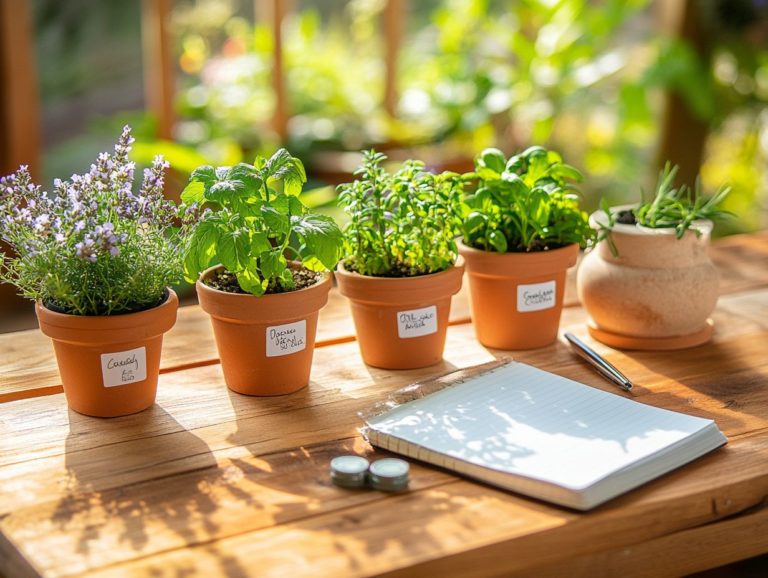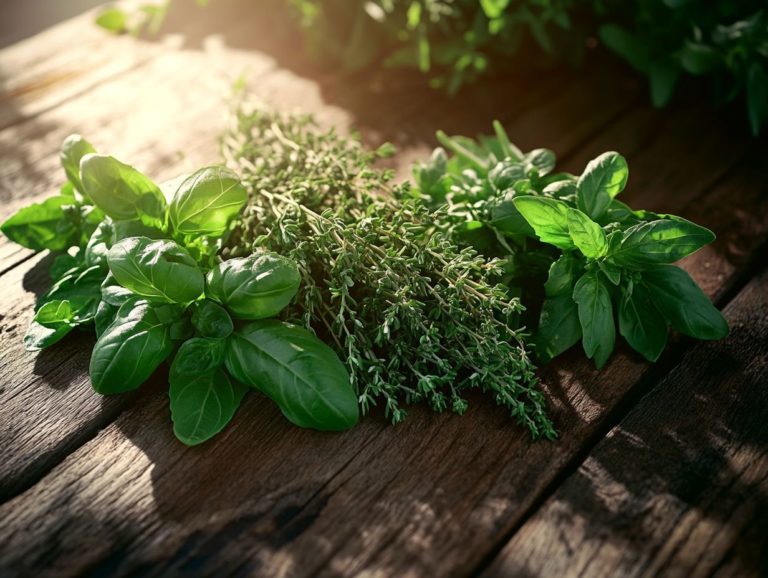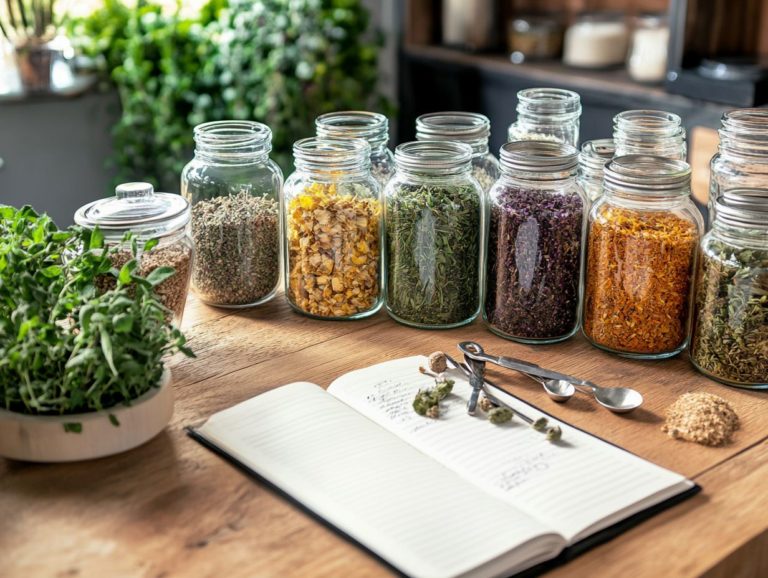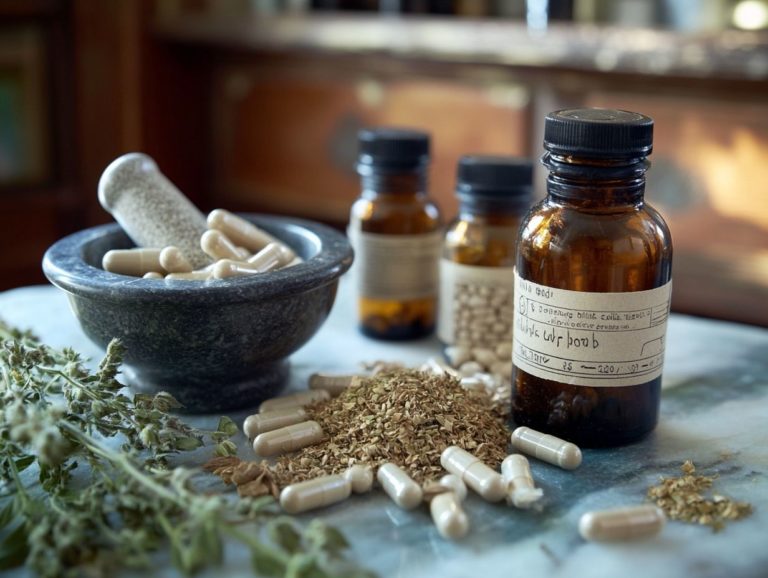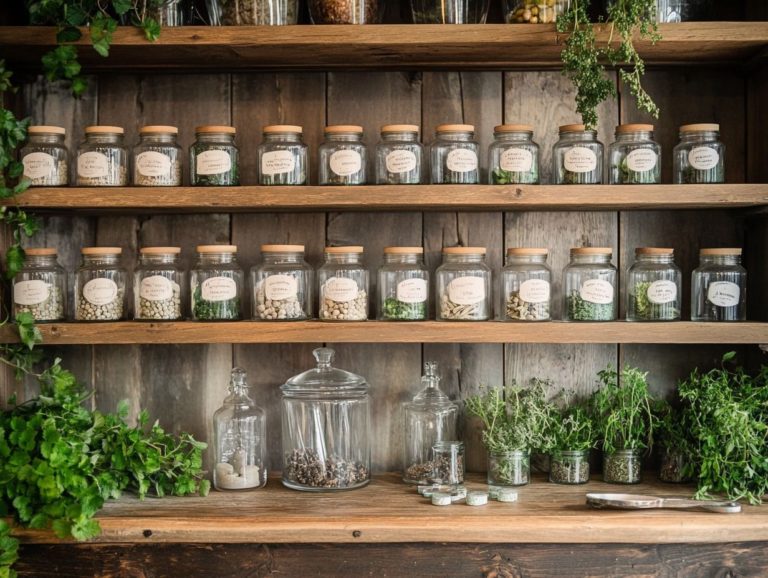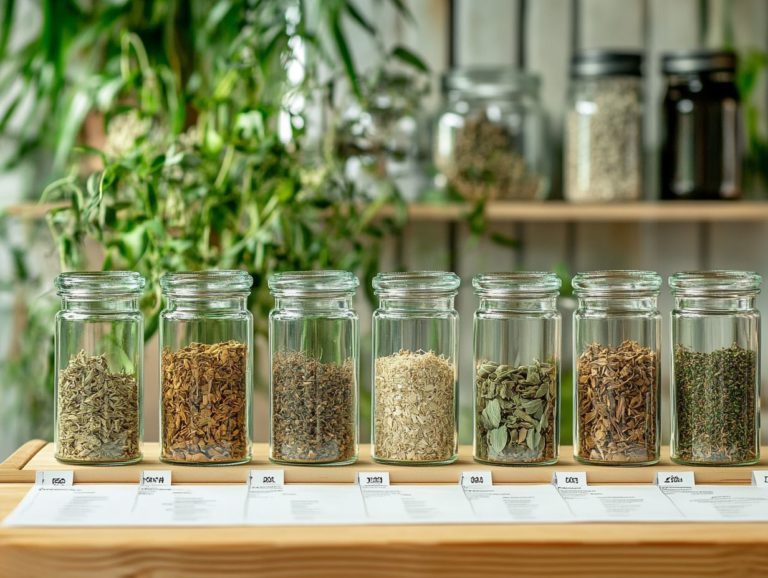Understanding Bioavailability in Herbal Dosages
Bioavailability is a vital concept in herbal medicine that influences how well your body can absorb and utilize the active compounds in herbal products, including medicinal plants known for their immunity-boosting properties. Get ready to dive into the exciting world of bioavailability!
This article highlights the importance of bioavailability when it comes to herbal dosages, including AYUSH compositions, and examines various factors that can affect it. You ll discover practical techniques to enhance bioavailability, such as optimizing drug absorption, and learn about different methods used to measure it.
Whether you re a devoted herbal enthusiast or on the lookout for effective remedies like Guduchi and pippali, understanding bioavailability can elevate your choices in herbal medicine.
Contents
- Key Takeaways:
- Understanding Bioavailability: Why It Matters!
- The Role of Bioavailability in Herbal Dosages
- Factors Affecting Bioavailability
- Ways to Improve Bioavailability in Herbal Dosages
- Measuring Bioavailability
- Frequently Asked Questions
- What does bioavailability mean?
- How does bioavailability affect herbal dosages and their clinical use?
- What factors can affect bioavailability in herbal dosages?
- Why is understanding bioavailability important for herbal dosages?
- Are there any ways to increase bioavailability in herbal dosages?
- Can bioavailability vary between different herbs?
Key Takeaways:
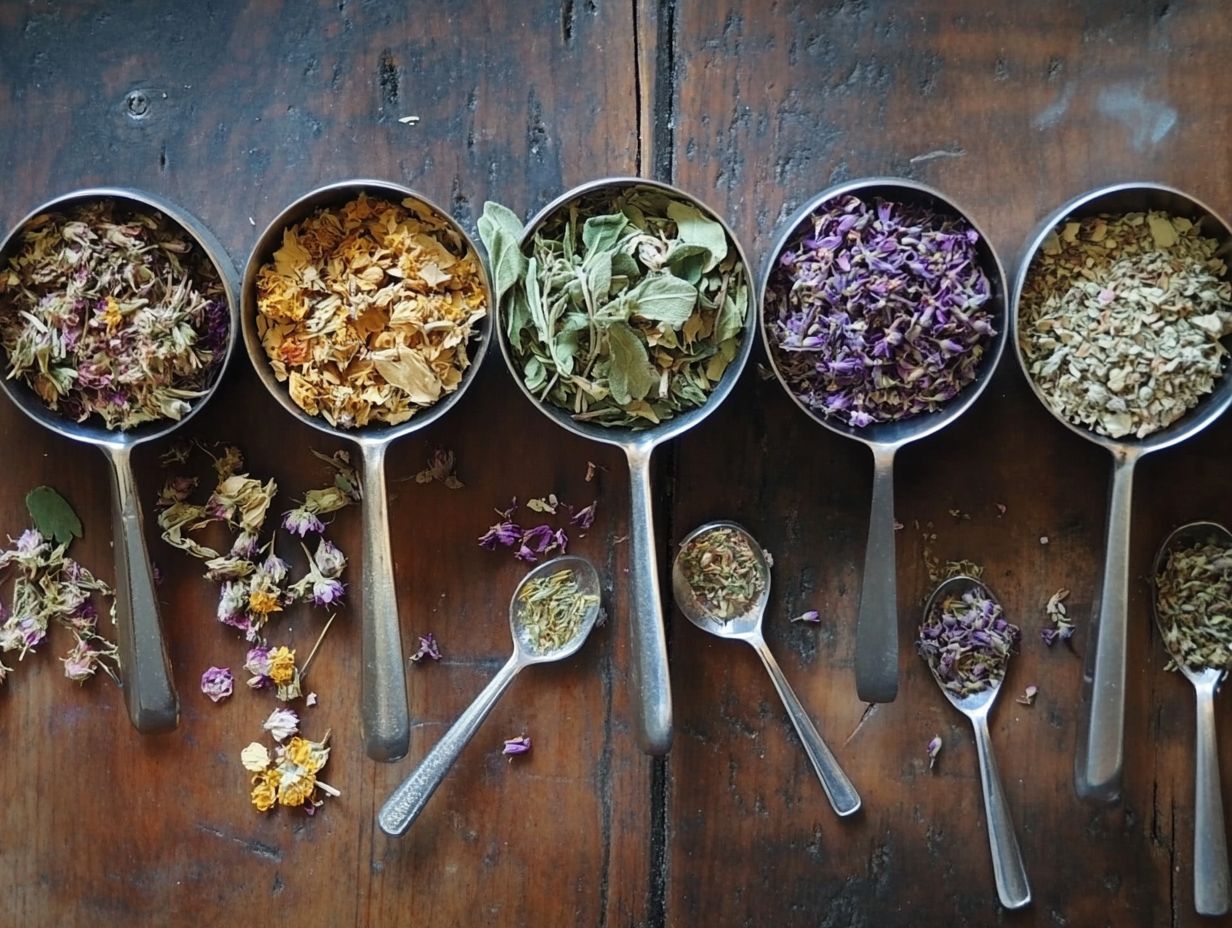
- Bioavailability measures how much of a substance your body can actually use.
- In herbal medicine, bioavailability directly determines the effectiveness of the dosage and the potential for side effects.
- Factors such as digestion and metabolism, including types of enzymes that help break down substances in your body, greatly impact the bioavailability of herbal dosages. Techniques like micronization and combining with other herbs can improve it.
Understanding Bioavailability: Why It Matters!
Bioavailability refers to the fraction of active components from a therapeutic agent that successfully enters your bloodstream after being introduced into the body. This concept is crucial for grasping how effectively these substances, including herbal formulations, deliver their intended effects.
As a key element of understanding how drugs move through your body, bioavailability encompasses critical phases such as absorption, distribution, metabolism, and excretion. Each phase plays a significant role in determining the clinical application of various substances, including herbal remedies, and their interactions with enzymes within your body. It’s also important to recognize the importance of understanding the risks of improper herbal dosage in this context.
Defining the Concept
To define bioavailability, you must understand how the active components of drugs are absorbed and utilized by your body, a central theme in studying drug metabolism. This concept directly influences the effectiveness of therapeutic interventions.
Bioavailability determines the proportion of a drug that enters your bloodstream in an active form, significantly impacting both its efficacy and safety. Various factors influence drug metabolism, including the roles of liver enzymes and transport proteins that either facilitate or impede these processes.
By examining how these enzymes function within metabolic pathways, you can better predict therapeutic outcomes and potential side effects, ultimately paving the way for more personalized treatment strategies.
The Role of Bioavailability in Herbal Dosages
The role of bioavailability in herbal dosages is crucial. It dictates how effectively the active compounds from herbal medicine, such as Guduchi and pippali, are absorbed and utilized in your body, directly influencing their therapeutic efficacy and the overall clinical outcomes you experience.
To truly optimize the clinical use of these herbal formulations and minimize potential drug interactions, it s essential for you to understand the pharmacokinetics involved, including how these compounds interact with enzymes like cytochrome P450.
Now that you understand bioavailability, explore how it can enhance your herbal remedies!
Why it Matters for Herbal Medicine
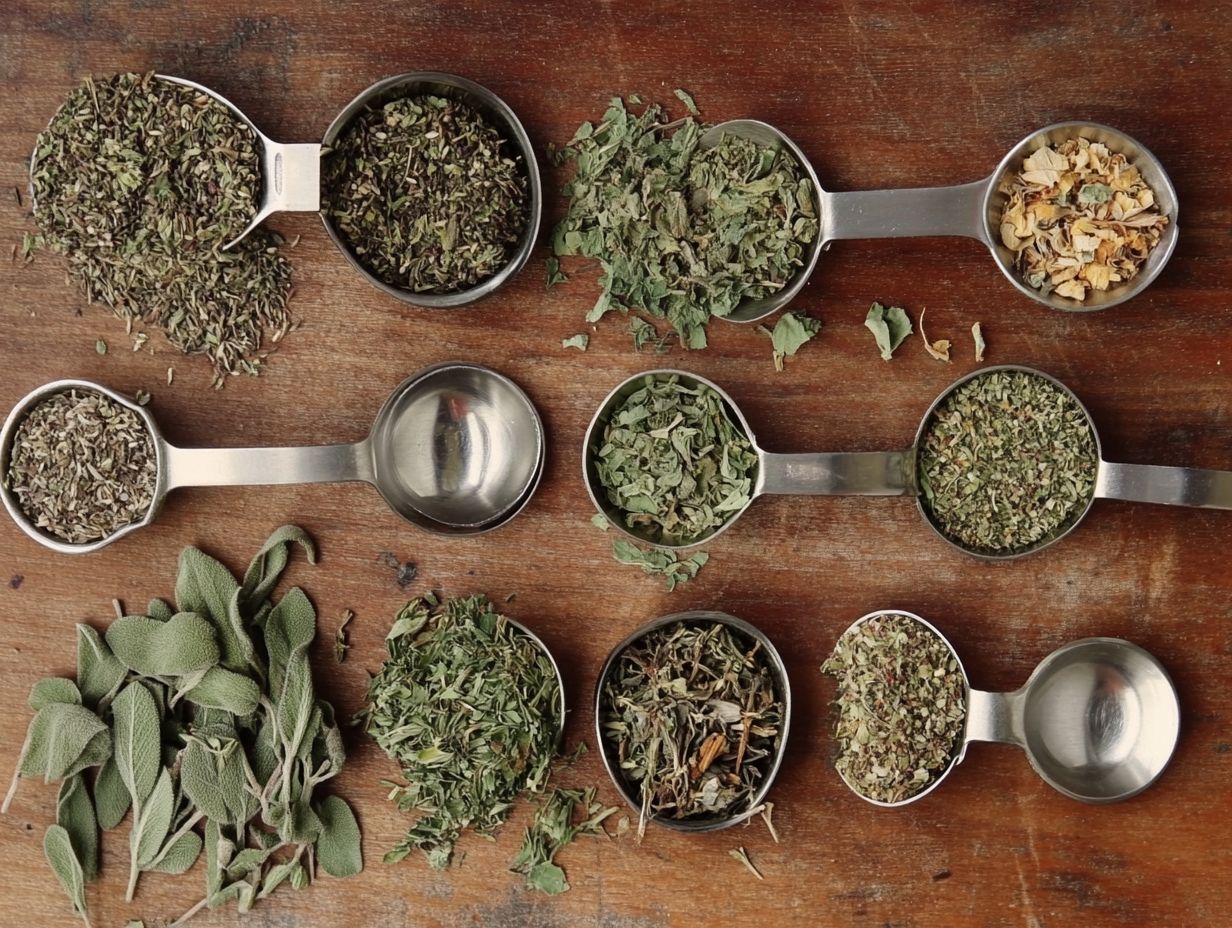
Understanding bioavailability is essential for you when it comes to herbal medicine. It directly influences the therapeutic efficacy of herbal compounds and their potential interactions within your body.
This matters because the extent to which these compounds are absorbed and utilized can profoundly affect the success of your treatments. If you rely on herbal medicine, low bioavailability could lead to less-than-ideal outcomes, preventing you from experiencing the full benefits of your chosen remedies. For more information, refer to understanding herbal dosage.
Individual metabolic differences or the specific formulations of herbal products can contribute to variations in bioavailability. As a clinician, it s important to consider these factors, including the role of gut bacteria, when recommending herbal options.
By optimizing bioavailability, you can enhance healing effects and reduce the risk of adverse reactions. This ensures you receive the maximum benefit from your herbal therapies.
Factors Affecting Bioavailability
Numerous factors influence bioavailability, including absorption rates, distribution patterns, enzyme metabolism, and the impact of genetic polymorphisms on drug transporters in the gastrointestinal tract.
These variables are crucial in determining how effectively active components from herbal formulations, particularly hydrophobic drugs, are absorbed into the bloodstream and utilized by the body. Understanding the role of body weight in herbal dosage significantly affects their overall therapeutic efficacy.
Key Variables to Consider
When considering bioavailability, you should take into account several key variables: absorption rates, the role of enzymes in metabolism, like phase I and phase II reactions, and the influence of genetic polymorphisms on drug transporters. Each of these factors can significantly impact how effectively a drug or herbal compound is utilized in your body.
Absorption rates are crucial in determining how much of a compound makes it into systemic circulation. Factors like particle size and formulation can greatly influence this outcome. Enzymes involved in metabolism, especially those found in the liver, can dramatically alter the potency of both pharmaceuticals and herbal remedies, sometimes enhancing their effects or diminishing them. It’s important to understand the dos and don’ts of herbal dosage to ensure safe and effective use.
Genetic polymorphisms can also result in variability in the expression of drug transporters, such as human serum albumin, complicating how different individuals process these compounds. Some people might metabolize herbal ingredients faster or slower due to their unique genetic makeup, highlighting the need for personalized approaches in herbal therapy. Understanding the impact of herbal quality on dosage safety is crucial in this context.
Ways to Improve Bioavailability in Herbal Dosages
Enhancing the bioavailability of herbal dosages is essential for fully realizing their therapeutic potential. To achieve this, you can employ a range of effective methods aimed at improving the absorption and utilization of active components within the gastrointestinal tract.
This may involve formulating herbal extracts to optimize their interaction with transporters and incorporating specific dietary components that elevate the effectiveness of plant-based therapy. It’s also crucial to understand how to measure herbal dosages accurately for safe and effective use.
Techniques and Strategies
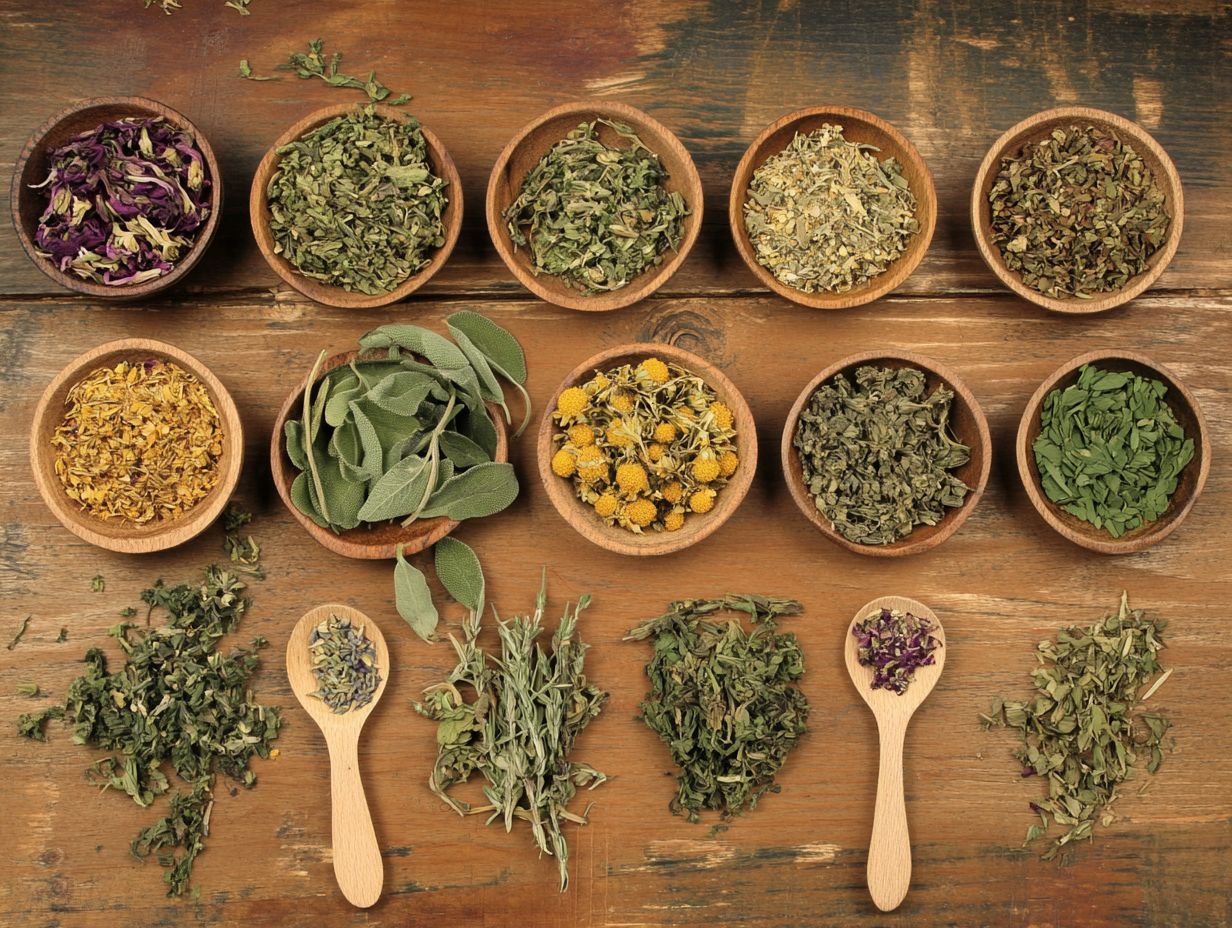
Techniques and strategies for enhancing bioavailability in herbal formulations involve meticulous formulation methods and sophisticated delivery systems designed to improve the absorption and effectiveness of active components.
Among these innovative approaches, microencapsulation emerges as a particularly promising method, where active ingredients are enveloped within a protective coating. This technique not only shields the herbal compounds from degradation but also facilitates a controlled release, ensuring that therapeutic effects are sustained over time.
Similarly, nanoparticle delivery systems are crucial for increasing solubility and stability, allowing active ingredients to penetrate cellular membranes with greater efficacy. Using these advanced methods can really boost the effectiveness of herbal medicines, providing patients with more reliable treatment options that truly harness the full potential of nature’s remedies. It is also important to understand how environment affects herbal dosage safety to ensure optimal outcomes.
Measuring Bioavailability
Measuring bioavailability is critical in understanding how medicines work in the body. It requires the application of various techniques to assess how active components, including herbal formulations, enter systemic circulation. This analysis gives you key insights into their absorption, clearance, and biological half-life, which is the time it takes for half of the drug to be eliminated from the body.
Understanding these measurement methodologies is crucial for discerning how different formulations of herbal medicine can influence drug absorption and ultimately affect therapeutic outcomes.
Methods and Tools
Methods and tools for measuring bioavailability include advanced techniques like high-performance liquid chromatography (HPLC) and mass spectrometry. These techniques allow for precise analysis of active components in herbal formulations.
Sophisticated analytical methods help us understand how various herbal medicines are absorbed, distributed, metabolized, and excreted by the body. They also reveal the role of plasma proteins and transporters. For instance, when investigating the bioavailability of curcumin from turmeric, researchers often turn to HPLC to quantify its concentration in blood plasma after administration. This evaluation shows how effectively the compound makes its way into systemic circulation, providing insights into herbal extraction methods and dosages, as well as drug absorption and metabolism.
Likewise, mass spectrometry offers valuable insights into the metabolic pathways of these herbal extracts. It sheds light on their interactions with physiological processes, including the influence of gut microbiota. Such measurements are crucial for optimizing dosages and ensuring therapeutic efficacy, ultimately supporting the safe and effective use of herbal medicines in clinical practice. For more on this topic, consider exploring herbal supplements: understanding recommended dosages.
Frequently Asked Questions
What does bioavailability mean?
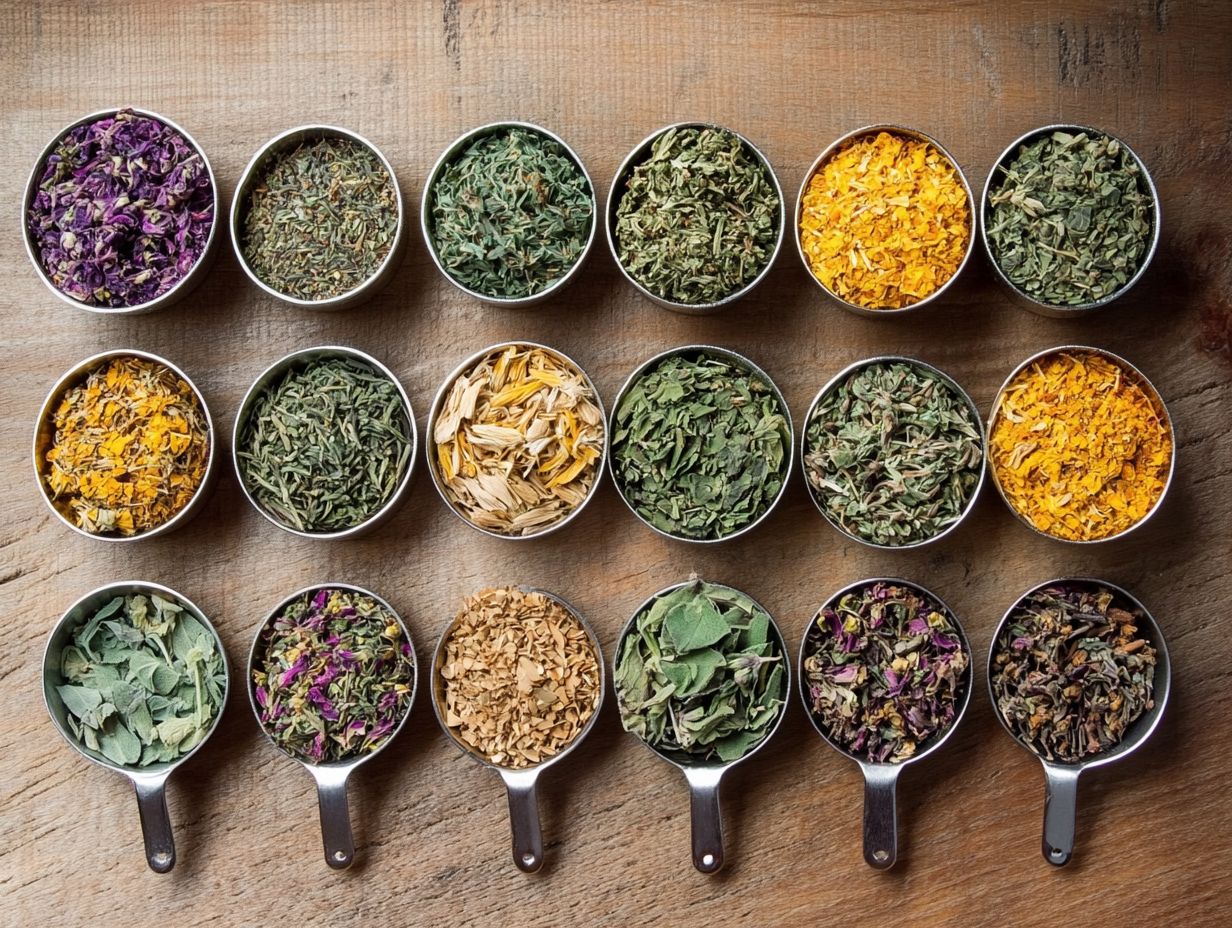
Bioavailability refers to the proportion of a substance that can enter circulation and have an active effect in the body, particularly concerning herbal formulations and their active components.
How does bioavailability affect herbal dosages and their clinical use?
The bioavailability of herbal dosages determines how much of the active compounds are absorbed into the body and can have an effect. It is an important factor in determining the effectiveness of herbal supplements.
What factors can affect bioavailability in herbal dosages?
Several factors can influence the bioavailability of herbal dosages. These include the form of the herb (powder, liquid, capsule), the processing method, and individual differences in digestion and metabolism.
Why is understanding bioavailability important for herbal dosages?
Understanding bioavailability helps ensure that individuals are taking the correct dosage of herbal supplements to achieve desired effects. It also aids in determining the most effective form and processing method for each herb.
Are there any ways to increase bioavailability in herbal dosages?
Yes, there are certain methods that can help increase bioavailability. These include combining herbs with other substances that aid in absorption, such as black pepper extract, or taking supplements with a meal that contains healthy fats.
Can bioavailability vary between different herbs?
Yes, bioavailability can vary between different herbs due to differences in their chemical composition and the way they interact with the body. This is why it is important to understand the bioavailability of each individual herb when taking herbal supplements.
Explore our range of herbal supplements today!

